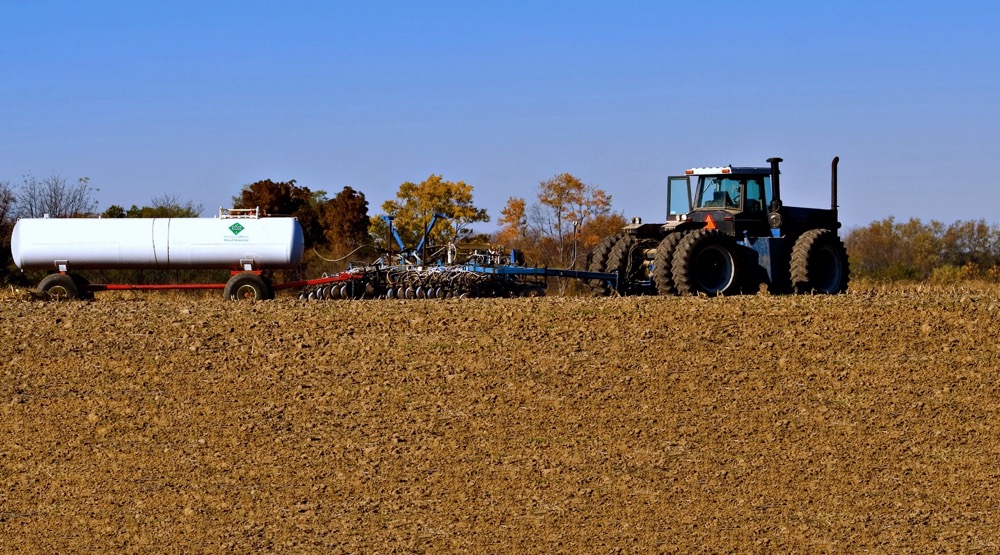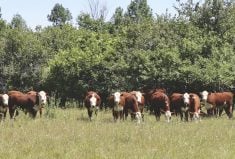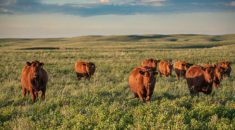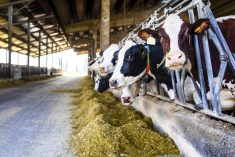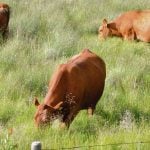The federal government is inviting Canadians to “share your experiences and ideas” on its plan to dramatically reduce greenhouse gas emissions from fertilizer use.
But Agriculture and Agri-Food Canada’s survey is different from a typical poll because it steers participants to first consider backgrounders on three “discussion issues” and then offer comments in their own words.
The trio of issues arose out of an earlier consultation with industry players and reflects concerns raised about the federal Liberal government’s bid to cut emissions from fertilizer use by 30 per cent from 2020 levels by the end of this decade.
Read Also
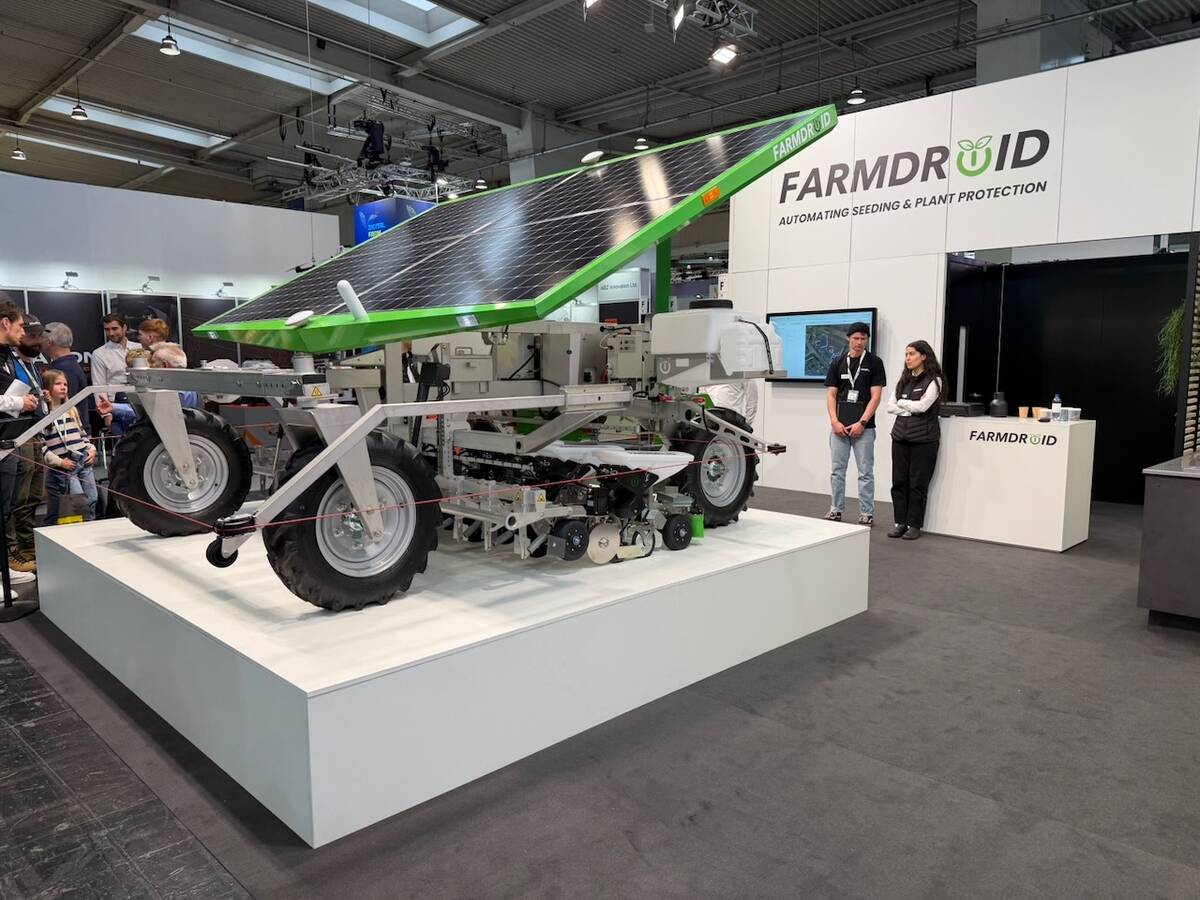
The long march to autonomy
The big players in the machinery market keep adding pieces towards autonomous vehicles for farming, but how far away is a final product?
The first issue is on how to meet that target and whether it can be done without hurting yields and farmers’ competitiveness.
The backgrounder on this issue says “there is an achievable, but ambitious, pathway to enhancing the efficiency of fertilizer use while also reducing greenhouse gas emissions.” But it also acknowledges “current fertilizer practices have been working for farmers in terms of yield and return on investment (and) changing practices to reduce environmental impacts can be seen as risky at the farm level in the short term.”
This section asks for comments on what are the barriers and how they can be overcome (such as what can be done to increase uptake of enhanced efficiency fertilizer, and what new programs might be needed to encourage “emissions-reducing practices”).
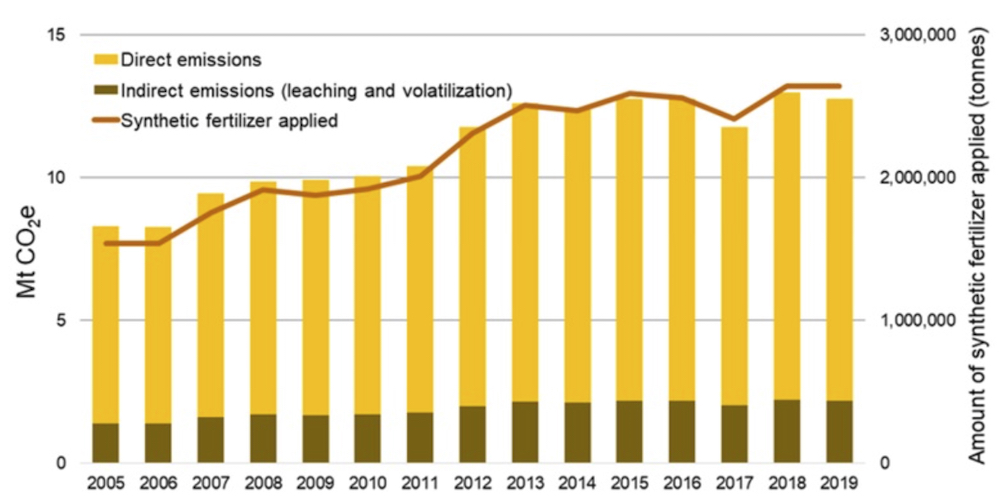
The second section looks at the challenge of measuring nitrous oxide levels, particularly at a farm level, and how that might be addressed. The third — titled Innovation and Transformation Opportunities — asks for ideas on how government could foster new emission-reducing technology.
The survey ends by asking if participants have other ideas or comments.
The web page that begins the survey also contains a link to a discussion paper put out by Ag Canada last month that delves into much more detail.
It begins by saying that in 2019, agriculture produced an estimated 73 million tonnes of greenhouse gas emissions — 10 per cent of Canada’s total. Three sources account for the bulk of that total: on-farm fuel use at 14 million tonnes along with 24 million tonnes from both enteric fermentation (a.k.a. cow burps), and crop production. And just over half of the crop production figure (12.75 million tonnes) came from fertilizer emissions, according to the government document. (This figure doesn’t include emissions from the making of fertilizer, just on-farm use.)
The discussion paper also makes clear that Ottawa isn’t going to order farmers to use less fertilizer.
“The objective of the national target for fertilizers is to reduce emissions, and that the primary method to achieve this is not to establish a mandatory reduction in fertilizer use that isn’t linked to improved efficiency and maintaining or improving yields,” the document states.
It also says the 30 per cent reduction is achievable: “To a large extent, the required technologies and practices already exist.”
The paper also provides a fair amount of data, including figures on fertilizer use in Canada (2.2 million tonnes in 2019 versus 1.4 million tonnes in 2005), associated emissions (12.8 million tonnes of CO2 equivalent in 2019 versus 8.3 million in 2005), and changes in cropping during that 14-year period (canola acres up 239 per cent at the expense of cereals and hay).
There’s also stats on per-hectare emissions in Canada — which show Alberta and Saskatchewan do much better on that score than corn-loving Eastern Canada. However, any backslapping is tempered by data from the UN’s Food and Agriculture Organization that says emissions for cereal crops (excluding rice) are the highest in Canada compared to the world’s other major cereal producers.
The discussion paper also looks at 4R and other methods for reducing emissions. Many of these are itemized in a chart that lists “regional applicability,” current adoption, and how many tonnes of emissions could be reduced if there were 100 per cent adoption. (However, this data comes with the caveat that the estimates are based on small-plot research.)
A link to the discussion paper can be found on the intro page to the survey (which runs until June 3) at the Government of Canada website.


